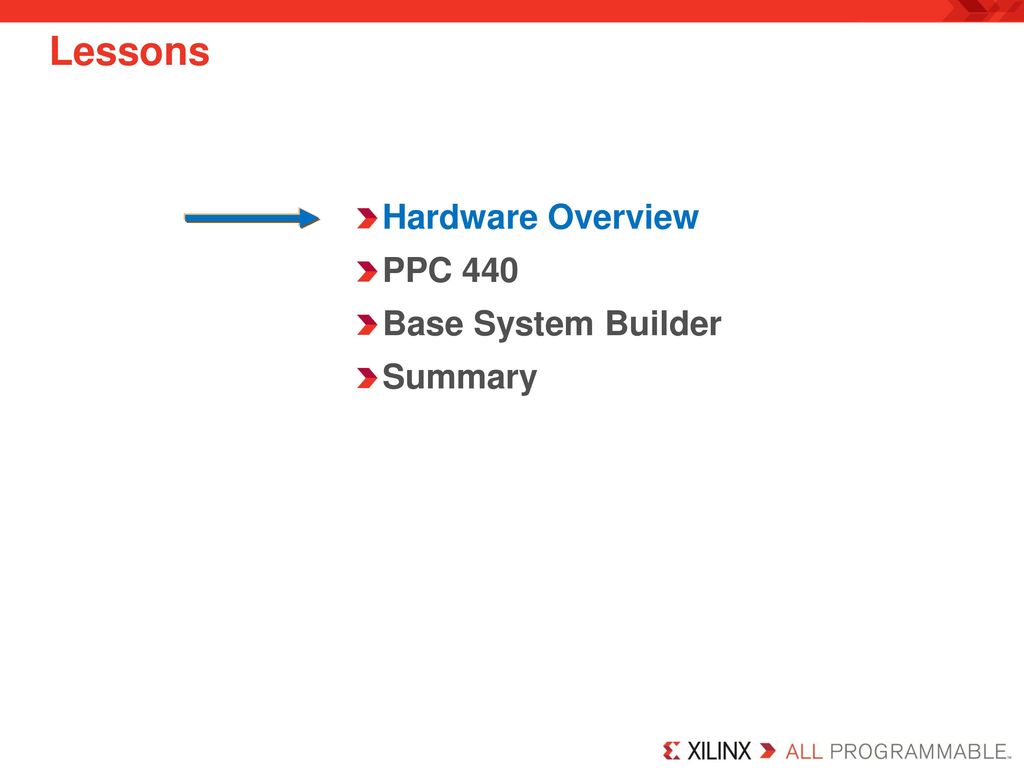Core Player Powerpc Downloads

Jun 07, 2016 New PPC Media Center Version 6. Enhanced WebM-avoidance for PPC systems and only downloads as a last-resort - with a prompt (Intel Mac are unaffected). Dynamically check Python version, and can even work in Intel systems with system-Python problems. PPC Media Center 6 supports both PowerPC and Intel, OS X 10.4 - 10.8. VLC – If you choose to keep your Mac PowerPC free of excessive software, embracing the minimalist movement – then just install this app for your media player.
• • • Key features Core Player comes with a built-in audio player which allows you to play and listen to your favorite music whether from your hard drive or from a CD. This player supports quite all popular numeric audio formats such as mp1, mp2, mp3, ogg, wma and wav. And with its video player, Core Player can be seen as an all-in one player or a multimedia player as well. Indeed, you are allowed to play movie, to watch your favorite clip video and much more in the following format: avi, mpeg, mpg, mov and wmv. Apart from playing features, you can easily retrieve a specific file or an album due to the built-in powerful search engine included in Core Player. And moreover, you can quickly get the program plug-ins and updates with the web browser supplied with it.
Pros Core Player's interface is entirely customizable. It supports both video and audio common formats. You can use and download the program for free. Cons It is compatible with only three Windows versions.
IBM PowerPC 601 microprocessor PowerPC (with the Performance Optimization With Enhanced RISC – Performance Computing, sometimes abbreviated as PPC) is a (RISC) (ISA) created by the 1991 –– alliance, known as. PowerPC, as an evolving instruction set, has since 2006 been named, while the old name lives on as a for some implementations of -based processors. Chek list otkritiya i zakritiya smeni kafe.
PowerPC was the cornerstone of AIM's and initiatives in the 1990s. Originally intended for, the architecture is well known for being used by Apple's,,,, and lines from 1994 until 2006, when. It has since become a niche in personal computers, but remains popular for and high-performance processors. Its use in video game consoles and embedded applications provided an array of uses. In addition, PowerPC CPUs are still used in and third party personal computers. PowerPC is largely based on IBM's earlier, and retains a high level of compatibility with it; the architectures have remained close enough that the same programs and will run on both if some care is taken in preparation; newer chips in the use the Power ISA. Contents • • • • • • • • • • • • • • • • • • • • • History [ ] The history of RISC began with IBM's research project, on which was the lead developer, where he developed the concepts of in 1975–78.

801-based microprocessors were used in a number of IBM embedded products, eventually becoming the 16-register processor used in the. The RT PC was a rapid design implementing the RISC architecture. Between the years of 1982–1984, IBM started a project to build the fastest microprocessor on the market; this new architecture became referred to as the America Project throughout its development cycle, which lasted for approximately 5–6 years. The result is the, introduced with the in early 1990. The, one of the first RISC implementations, is a high performance, multi-chip design. IBM soon realized that a single-chip microprocessor was needed in order to scale its RS/6000 line from lower-end to high-end machines. Work began on a one-chip POWER microprocessor, designated the RSC ().
In early 1991, IBM realized its design could potentially become a high-volume microprocessor used across the industry. Apple and Motorola involvement [ ] Apple had already realized the limitations and risks of its dependency upon a single CPU vendor at a time when Motorola was falling behind on delivering the 68040 CPU. Furthermore, Apple had conducted its own research and made an experimental quad-core CPU design called Aquarius,: 86-90 which convinced the company's technology leadership that the future of computing was in the RISC methodology.: 287-288 IBM approached Apple with the goal of collaborating on the development of a family of single-chip microprocessors based on the POWER architecture. Soon after, Apple, being one of Motorola's largest customers of desktop-class microprocessors, asked Motorola to join the discussions due to their long relationship, Motorola having had more extensive experience with manufacturing high-volume microprocessors than IBM, and to form a second source for the microprocessors. This three-way collaboration between Apple, IBM, and Motorola became known as the. In 1991, the PowerPC was just one facet of a larger alliance among these three companies.